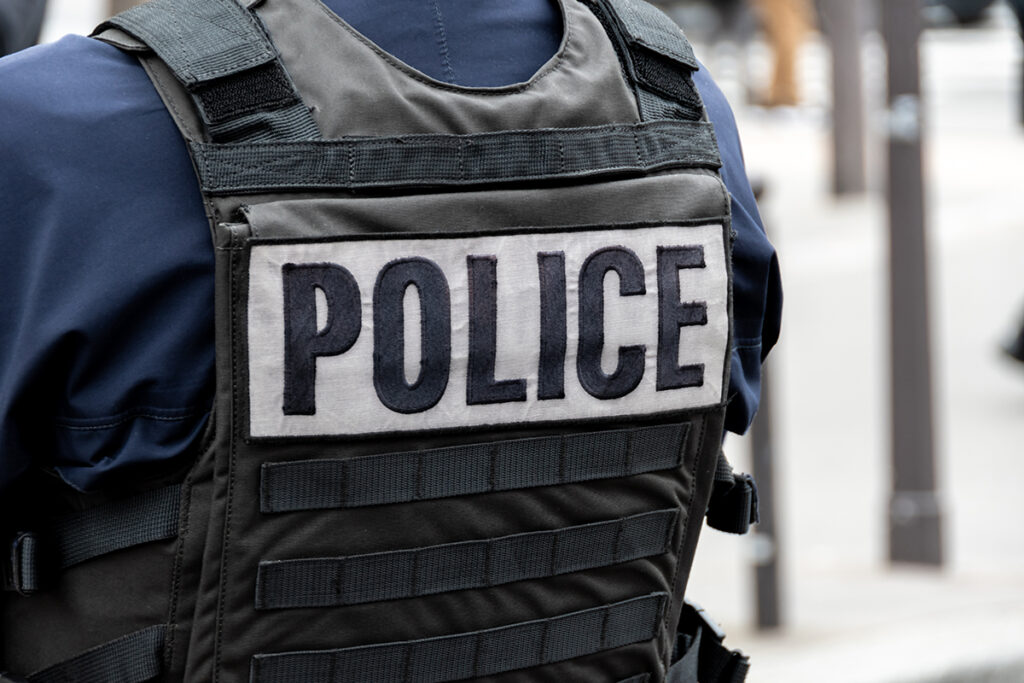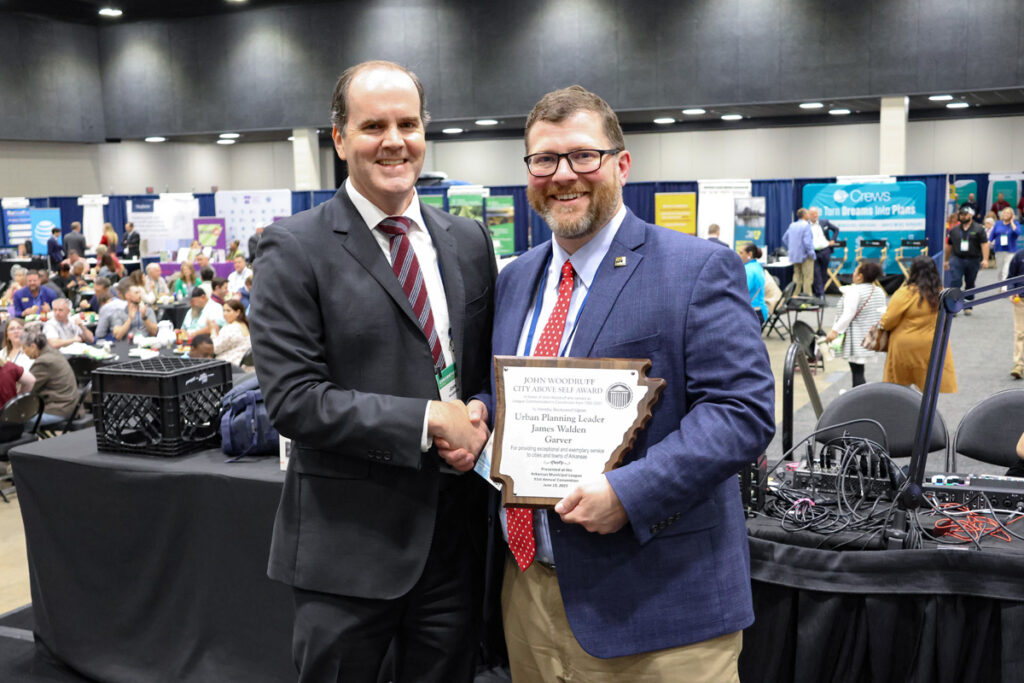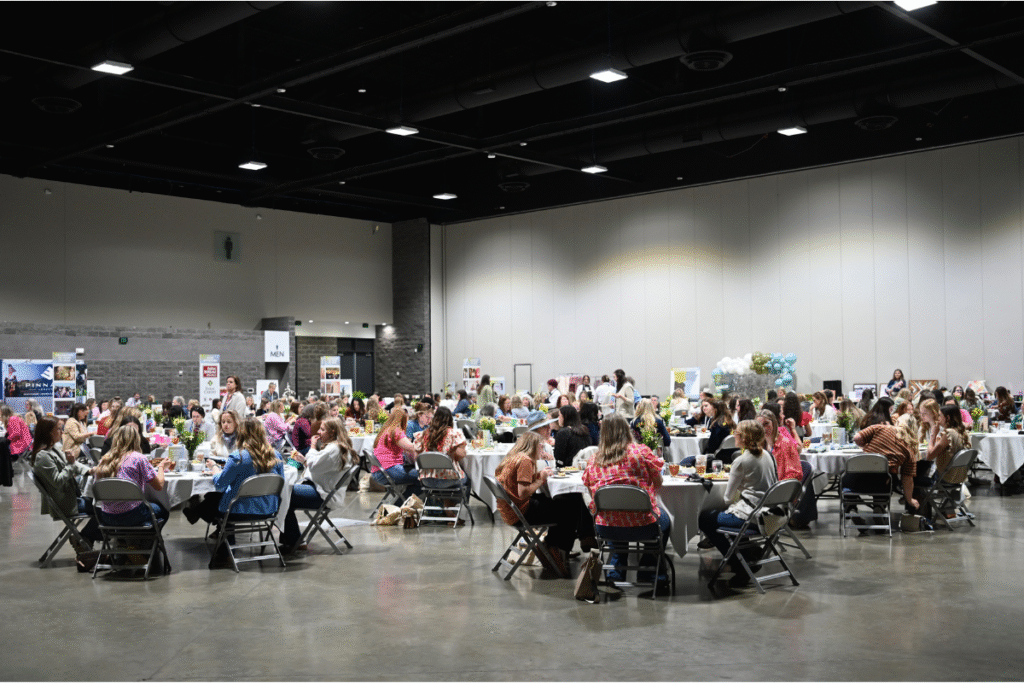The Arkansas Fire Prevention Code and International Building Code (IBC) are the primary resources that set standards and govern requirements for special inspection services on construction projects, particularly commercial developments. Special inspection requirements on projects were originally introduced in the 1980s, partially as a response to a number of high-profile structural failures on projects in the years preceding. Special inspections are intended to be a proactive system of increasing public safety by ensuring that structures are built in accordance with project plans and documents.
Typically, a qualified third-party engineering firm will provide the special inspection services on a construction project. However, certain specific items such as firestopping elements have historically been inspected by local fire marshals or other qualified state or local officials.
The current versions of both the fire prevention code and the IBC require special inspection of firestopping for buildings over 75 feet in height and/or Risk Category III and IV structures. These risk categories include structures such as schools, hospitals, emergency response facilities and many other essential operations that would present a substantial hazard in the event of a failure.
The requirement for special inspections to occur on firestopping elements in structures has been around for quite some time, but our state is seeing more and more projects with elevated inspection requirements due to height or risk category. This is particularly the case in the fastest-growing portions of Arkansas.
The building codes have very clear requirements on passive fire prevention, suppression and protection elements. Those codes help maintain a high standard for a multitude of manufactured systems that must demonstrate the ability to limit the passage of flames, toxic smoke and deadly gasses through openings created for penetrations, joints, gaps in fire-rated walls, floors and floor/ceiling assemblies. Investigative reports into structure fires have consistently shown that improperly installed assemblies or improperly protected penetrations and joints have led to extensive property damage and can contribute to injuries and loss of life stemming from inhalation of smoke and toxic gasses, as well as direct exposure to the fire.
The inspection processes for firestopping elements can be time consuming and difficult to coordinate. But as Arkansas continues to grow, it will become increasingly important for our construction communities to coordinate and further educate on specialized items such as firestopping.
The International Firestop Council is a leading resource on furthering industry growth and coordination regarding fire safety elements on construction projects. It is a nonprofit association comprised of manufacturers, distributers, installers, inspectors and other relevant personnel that have interests in fire protection materials and systems across North America. They provide resources and training for city staff, building officials, contractors, special inspectors and design professionals. The International Firestop Council can be found online at www.firestop.org.










